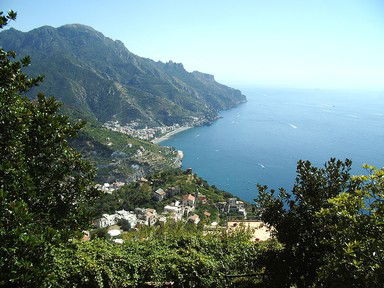
A Trek Around Europe Trivia Quiz
Visiting World Heritage Sites
My grandson and I spend a lot of time looking at pictures from around the world and dreaming about sites that we want to visit together. See if you can sort these UNESCO World Heritage sites according to their locations in Europe.
A classification quiz
by ponycargirl.
Estimated time: 3 mins.